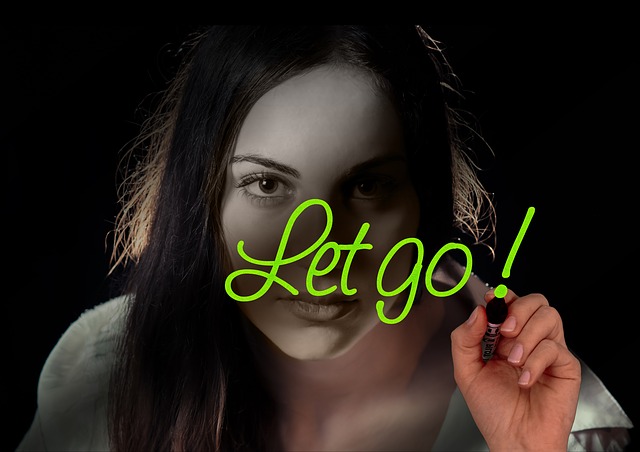Tara Brach provides an insightful article on the nature and impact of harmful beliefs. She explains the well-known fact that our beliefs about ourselves and others (that we hold to be true), influence our thoughts which in turn generate emotions that then shape our behaviour – especially our responses to what we perceive as negative triggers. Tara points out that often our beliefs cause us suffering because while they are real, they are not true. The negative bias of our brains serves to sustain these harmful beliefs.
Our false beliefs can take many forms:
- I am not good enough
- They are out to undermine me
- I am not doing enough
- I don’t deserve to belong to this group
- They don’t want me to be a part of this activity
- I am bad.
These negative beliefs can develop at an early age and be reinforced by our cultural environment and own life experiences. Parental influences can play a big role, e.g. if we cannot live up to their expectations musically, academically or with sport. We may have experienced early separation from one or both our parents either temporarily or permanently. This can reinforce our natural inclination to separateness – seeing our self as separate from others- and develop a sense of what Tara calls, “severed belonging”.
Our negative beliefs about our self or others can lead to defensiveness and inappropriate behaviour in conflict situations. Our beliefs act as a way to protect ourselves when we are feeling vulnerable. These beliefs are often below the conscious level and can lead to unconscious bias. The problem arises when we then use our experience, impacted by distorted perceptions, to confirm our beliefs, thus leading to “confirmatory bias”. Tara suggests that our beliefs can act as a veil through which we see and interpret the world.
The reality is that our beliefs about our self and others are merely representations that serve as as “maps” to negotiate our interactions in daily life. The problem, though, is that “a map is not the territory”. Sometimes our “maps” are accurate and useful; other times they are flawed, misleading and a source of suffering.
Identifying and managing harmful beliefs
Tara provides an eight minute meditation podcast on how to come to grips with harmful beliefs and to manage them effectively. The starting point after becoming grounded is to reflect on a situation where you were in conflict with someone else.
Tara draws on the work of Byron Katie, author of The Four Questions, to provide a series of questions that you can pursue as part of this beliefs meditation:
- What belief or set of beliefs was I entertaining during the interaction – what did I believe was happening? (identifying beliefs)
- Are these beliefs true or did I invent them to protect myself? (remembering that beliefs can be real to us but not true)
- How is my life impacted by this belief or set of beliefs – what is it doing to my day-to-day experience (am I feeling stunted, controlled or imprisoned by the beliefs?)
- What is the underlying vulnerability embedded in my belief/set of beliefs – does this exploration reveal a pattern?
- What would my life be like if I no longer held this belief or set of beliefs? (would I feel freed, better able to express compassion toward myself and others and able to develop my response ability?)
The process of identifying false beliefs and their impact on our thoughts, emotions and behaviour can create a new level of self-awareness. Once we have gained this insight, the process of managing our beliefs involves “letting go“, so we can progressively release our self from the distortions of reality involved, increase our openness, develop creativity and improve our relationships.
As we grow in mindfulness through beliefs meditation and reflection on our less-than-satisfactory interactions, we can identify and manage false beliefs that bring suffering to our daily lives and achieve a new level of vulnerability, not higher levels of protectionism.
By Ron Passfield – Copyright (Creative Commons license, Attribution–Non Commercial–No Derivatives)
Image source: courtesy of rawpixel on Pixabay
Disclosure: If you purchase a product through this site, I may earn a commission which will help to pay for the site, the associated Meetup group and the resources to support the blog









